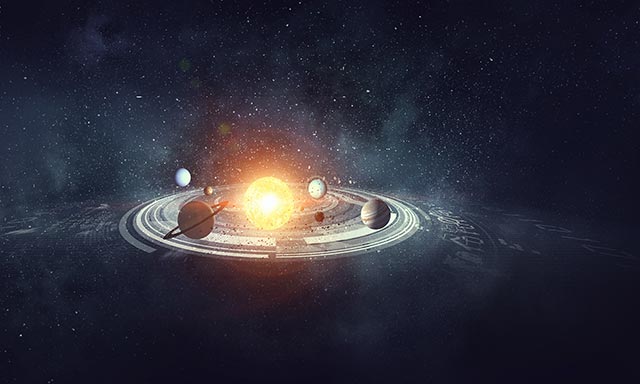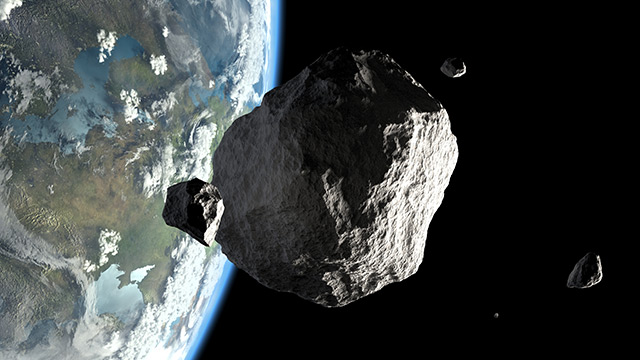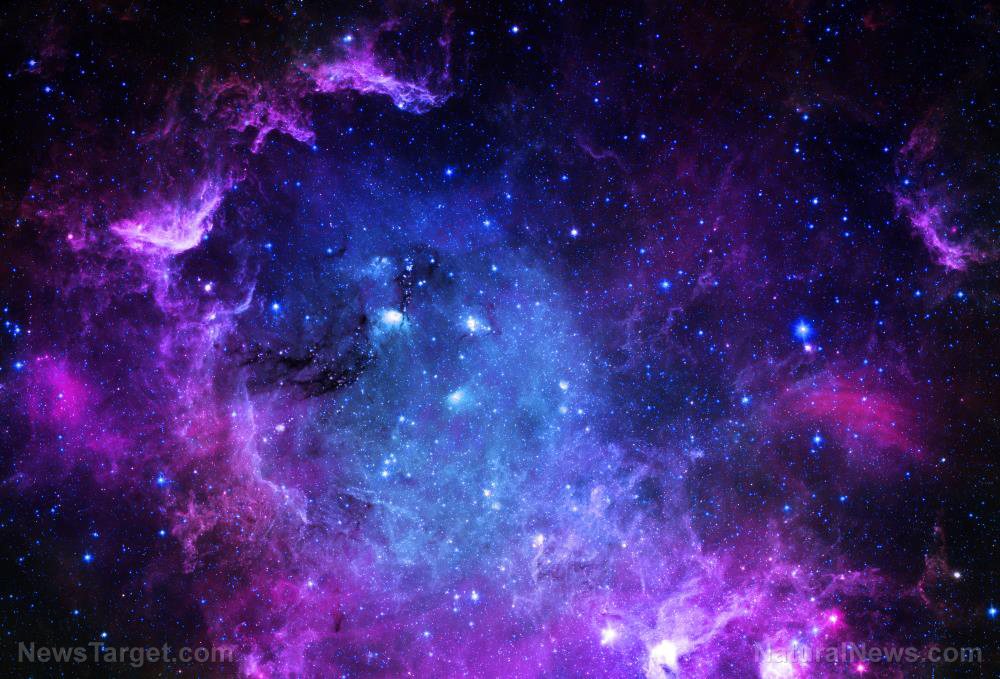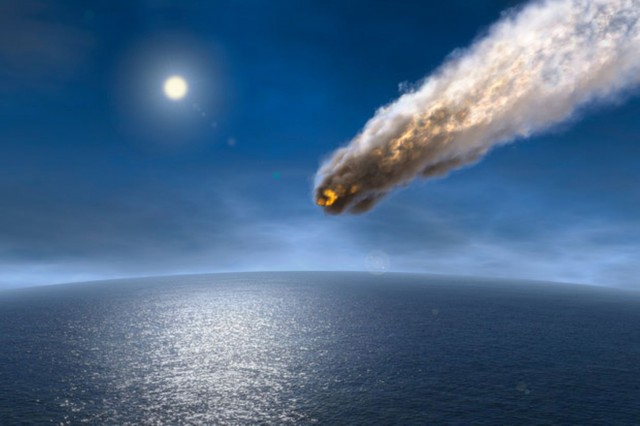 Parler
Parler Gab
Gab
- Scientists discovered TOI-6894b, a Saturn-sized gas giant orbiting a tiny red dwarf star, defying current planet formation theories.
- The finding challenges the core accretion model, suggesting alternative processes like disk instability may form giant planets around low-mass stars.
- TOI-6894b orbits its star in just three days but remains relatively cool due to the star’s low temperature, raising questions about its atmosphere.
- Red dwarfs are the most common stars in the galaxy, meaning there could be billions more undiscovered giant planets like TOI-6894b.
- Upcoming JWST observations may detect methane or ammonia in its atmosphere, offering new insights into extreme planet formation and potential habitability.
A star too small for its planet
Red dwarfs are the most common stars in the Milky Way, outnumbering sun-like stars by three to one. Yet until now, astronomers believed these faint, low-mass stars were incapable of hosting gas giants. "We did not expect planets like TOI-6894b to be able to form around stars this low-mass," said Edward Bryant, an astronomer at the University of Warwick and lead author of the study. The star, TOI-6894, is the smallest ever found to host such a large planet, defying predictions that its protoplanetary disk would lack sufficient material to birth a gas giant. TOI-6894b’s existence throws a wrench into the core accretion model, which posits that giant planets form when a rocky core rapidly accumulates gas from a surrounding disk. But with TOI-6894’s disk likely too sparse to fuel such runaway growth, scientists are scrambling for explanations. "This is one of the goals of the search for more exoplanets," said study co-author Vincent Van Eylen of University College London. "We don't really understand how a star with so little mass can form such a massive planet!"Rethinking planet formation
The discovery suggests alternative theories may be at play. One possibility is that TOI-6894b formed through disk instability—a process where a dense pocket of gas collapses directly into a planet without a solid core. Another theory proposes a slower, steadier accumulation of gas, avoiding the need for a massive initial core. Either way, the implications are profound. "Most stars in our galaxy are actually small stars exactly like this," said Daniel Bayliss, an astrophysicist at the University of Warwick. "The fact that this star hosts a giant planet has big implications for the total number of giant planets we estimate exist in our galaxy." Despite its size, TOI-6894b orbits its star in just three days, a proximity that would scorch most gas giants. Yet because red dwarfs are cooler than the sun, the planet’s atmosphere remains a relatively mild 147 degrees Celsius (296 degrees Fahrenheit), raising tantalizing questions about its composition. Observations planned with the James Webb Space Telescope (JWST) could detect methane or even ammonia, a first for exoplanet atmospheres. "We expect it to have a massive core surrounded by a gaseous envelope made up of predominantly hydrogen and helium gas," Bryant said.A universe full of unknowns
The discovery underscores how little we truly know about the cosmos. For decades, astronomers assumed small stars bred small planets, yet TOI-6894b proves otherwise. "These findings suggest that even the smallest stars in the universe can in some cases form very large planets," Van Eylen said. "That forces us to rethink some of our planet formation models." If red dwarfs—despite their size—can host gas giants, the Milky Way may harbor far more giant planets than previously imagined. Statistically, only 1.5% of red dwarfs are thought to host such worlds, but given their sheer numbers, that still amounts to over a billion potential giants. Each discovery like TOI-6894b chips away at the arrogance of institutional science, revealing how much remains hidden beyond the reach of mainstream theories.A humbling reminder
The universe, it seems, delights in defying human expectations. As JWST prepares to probe its atmosphere, it is clear that the cosmos is far stranger, and far more inventive, than we ever imagined. In the words of the researchers, this discovery "will be a cornerstone for understanding the extremes of giant planet formation"—and perhaps, in time, the origins of life itself. TOI-6894b stands as a testament to the power of curiosity-driven science, proving once again that truth is not dictated by consensus but revealed through relentless exploration. Sources for this article include: LiveScience.com Reuters.com Space.comMusk threatens to decommission SpaceX Dragon after Trump contract dispute
By Cassie B. // Share
By Finn Heartley // Share
New research suggests Milky Way may avoid catastrophic collision with Andromeda galaxy
By Cassie B. // Share
Governments continue to obscure COVID-19 vaccine data amid rising concerns over excess deaths
By patricklewis // Share
Tech giant Microsoft backs EXTINCTION with its support of carbon capture programs
By ramontomeydw // Share
Germany to resume arms exports to Israel despite repeated ceasefire violations
By isabelle // Share










